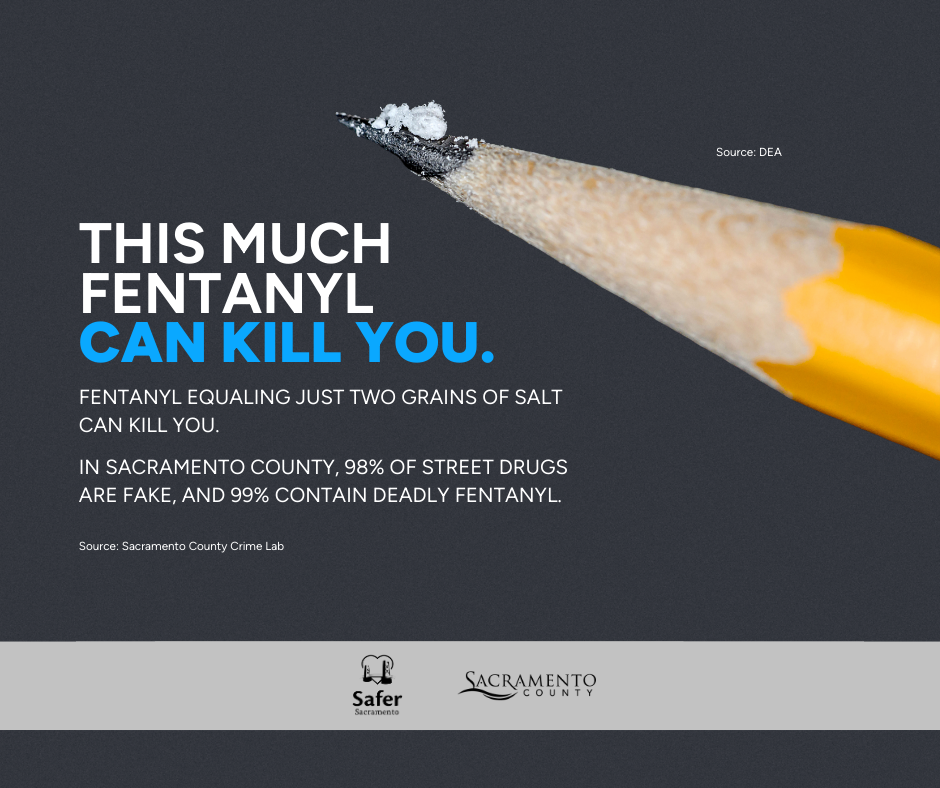What Factors Contribute to Overdose Deaths?
Several factors contribute to overdose deaths, making it a complex and multifaceted issue. Here are some key factors:
Substance Potency and Purity
High Potency Drugs: Substances like fentanyl and carfentanil are extremely potent opioids, even in small amounts, significantly increasing the risk of overdose.
Unknown Purity: Street drugs often have unpredictable purity levels, leading to accidental overdoses when users consume more potent substances than intended.
Polydrug Use
Combining Substances: Mixing drugs, especially depressants like opioids and alcohol or benzodiazepines, can amplify their effects and increase the risk of overdose.
Drug Interactions: Certain drug combinations can lead to dangerous interactions, further complicating overdose risks.
Lack of Awareness and Education
Inadequate Knowledge: Many individuals are unaware of the signs of overdose or how to respond in an emergency, delaying life-saving interventions.
Misinformation: Misunderstanding the risks associated with different substances can lead to unsafe usage practices.
Social and Environmental Factors
Using Alone: Individuals using/misusing drugs alone are at higher risk of fatal overdose because there is no one to assist or call for help if they become unconscious.
Stigma: Fear of legal repercussions or social stigma can prevent individuals from seeking help during an overdose.
Mental Health Issues
Co-occurring Disorders: Mental health conditions such as depression, anxiety, and PTSD can lead to increased substance use/misuse and higher overdose risk.
Self-medication: People may use substances to self-medicate for untreated mental health issues, which can result in misuse and overdose.
Economic and Socioeconomic Factors
Economic Hardship: Financial stress and lack of access to healthcare can lead to increased substance use and decreased ability to seek treatment.
Homelessness: Individuals experiencing homelessness often face higher risks due to unstable environments and limited access to support services.
Lack of Access to Treatment and Resources
Limited Access to Treatment: Inadequate availability of substance use disorder treatment and recovery resources can hinder individuals' ability to get help.
Insufficient Harm Reduction Services: Lack of access to harm reduction services, increases overdose risks.
Chronic Pain and Prescription Practices
Prescription Opioid Use: Misuse of prescription opioids for chronic pain can lead to a substance use disorder and overdose.
Overprescribing: In some cases, overprescribing opioids without adequate monitoring can contribute to misuse and overdose.
Preventing Overdose Deaths
Understanding these factors is crucial for developing effective strategies to prevent overdose deaths. Comprehensive approaches that address the underlying causes and provide support and resources can help mitigate this public health and public safety crisis.



